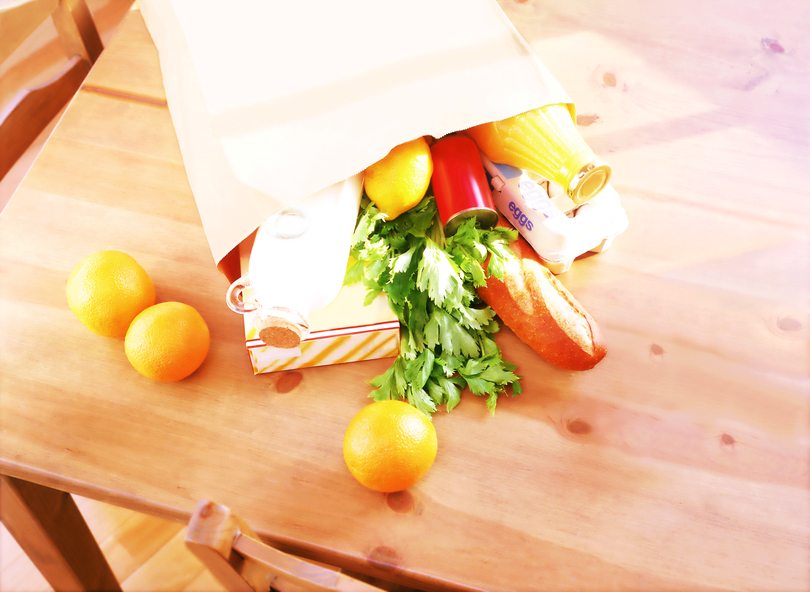The options for consumers who want to cut down on the time it takes to get their groceries seem to be ever-expanding, from click-and-collect services to delivery options that bring groceries right to shoppers’ doors. Faced with competition from online-only companies such as Amazon Fresh, traditional retailers are investing in e-commerce by partnering with last-mile delivery services. Wal-Mart Stores is hoping to get a leg up on the competition by partnering with companies that specialize in another quickly-expanding service — on-demand transportation.
Wal-Mart announced in June that it is partnering with rival on-demand ride services Uber and Lyft to deliver grocery orders in select markets.
“We’ll start small and let our customers guide us, but testing new things like last-mile delivery allows us to better evaluate the various ways we can best serve our customers how, when and where they need us,” Michael Bender, Chief Operating Officer of Wal-Mart Global eCommerce, wrote in an announcement on the company’s blog.
Bender wrote that the company is excited to work with the “transformative companies” for the pilot program. The mega-retailer isn’t the only company looking to take advantage of the efficient service models that ride-hailing companies seem to have mastered. Uber already operates a delivery service called UberRUSh, as well as a dedicated restaurant delivery division called UberEats. The pilot will be Lyft’s second time experimenting with delivery, following a few short-lived tests last year, according to sources cited by Re/code.
If it proves successful, the program could be a major win for Wal-Mart, which is the country’s largest grocer. The company sold $167 billion worth of food to US shoppers last year, according Fortune, and being a household name could help the retailer convince customers to try out delivery for the first time.
One-in-four global consumer are already ordering groceries online for home delivery, and 55% said they are willing to order for home delivery in the future, according to the Nielsen Global E-commerce and the New Retail Survey. “The milkman is back, but this time he’s gone digital,” the report states.
However, grocery delivery in today’s world is a lot more complicated than in the milkman era. Grocery retailers are still trying to crack the code of e-commerce and delivery, which are still in their infancy, according to Barry Clogan, Senior Vice President of Business Consulting Services at MyWebGrocer.
“When you consider bricks and mortar grocery, which has existed for decades, versus an online grocery — from a technology perspective we’re still in day one,” said Clogan, who added that tests and pilot programs are essential to finding the best model for grocery delivery and “you absolutely have to trial these things to find out what the future looks like.”
Clogan, who helped roll out online grocery at Tesco before joining MyWebGrocer, said there are some risks to working with last-mile delivery services. Each order could potentially be delivered by a different driver, each of whom must be trusted to represent the retailer’s brand.
“If I’m buying from Whole Foods for example, I’m expecting to get the Whole Foods experience online…and I’m also expecting that to translate to the experience I get at the doorstep or at the curbside. So I’m expecting somebody to be there in a nice uniform, somebody you can trust,” Clogan said.
Last-mile services also present food safety risks, since each driver is responsible for maintaining the cold chain and delivering food items in a timely manner.
Despite the risks, Clogan said teaming with ride-hailing services could be a winning move for grocery retailers, but only time will tell.
“If I was running an online grocery business in the US today, and I was getting a few hundred orders from different stores, and I was getting a few thousand orders a day, would I trial something with Uber? Absolutely. Because it’s about learning if there are opportunities,” he said.
__________________________________________________
If you enjoyed this article, join SmartBrief’s email list for more stories about the food and beverage industry. We offer 17 newsletters covering the industry from restaurants to food manufacturing.
